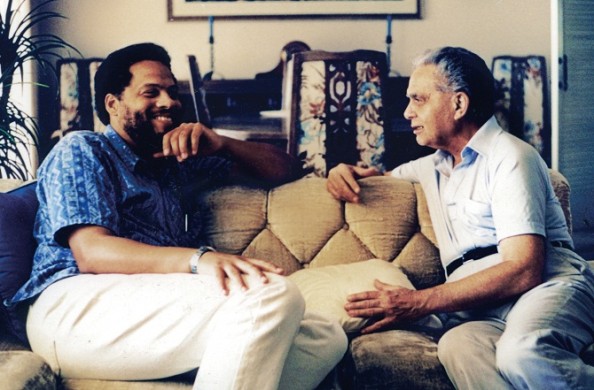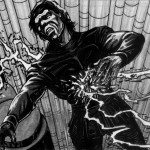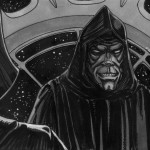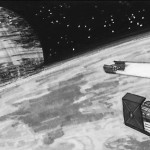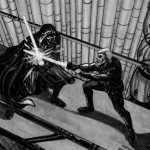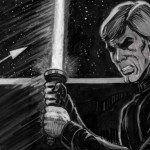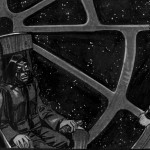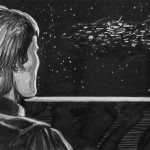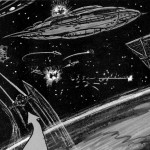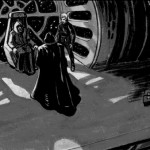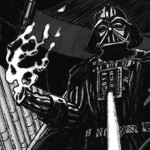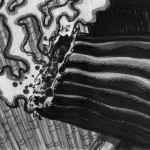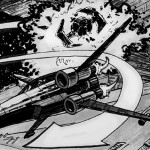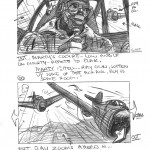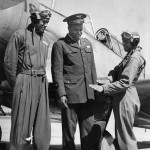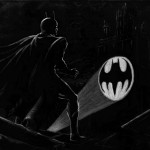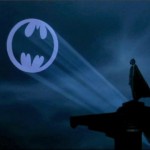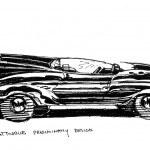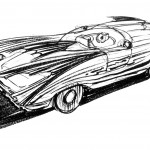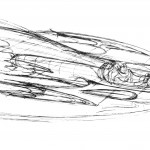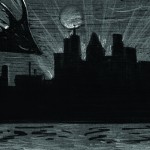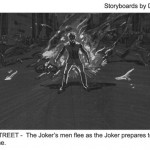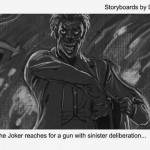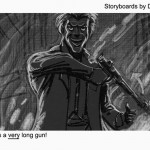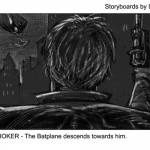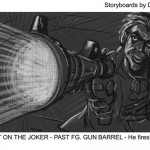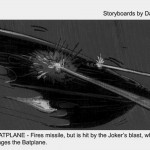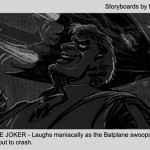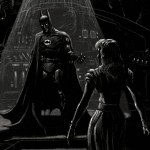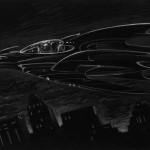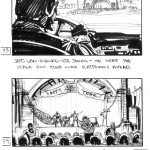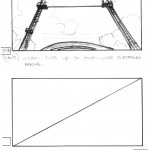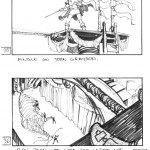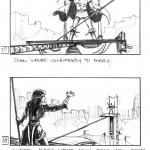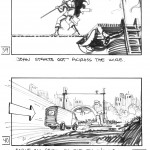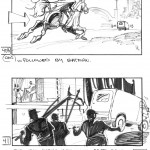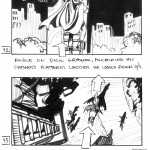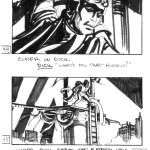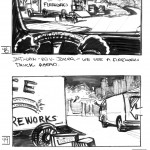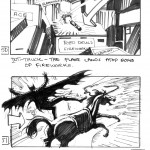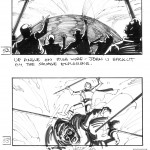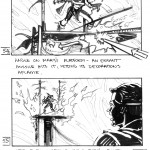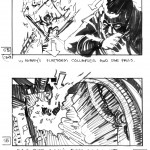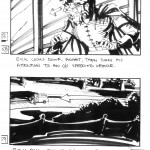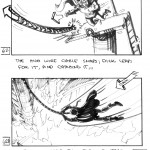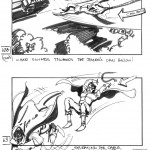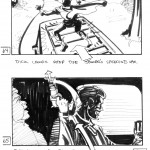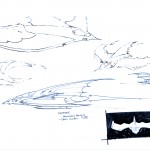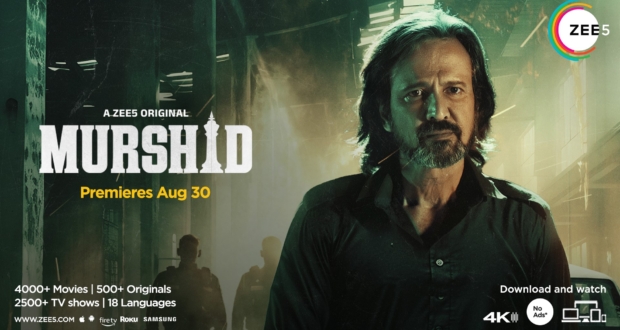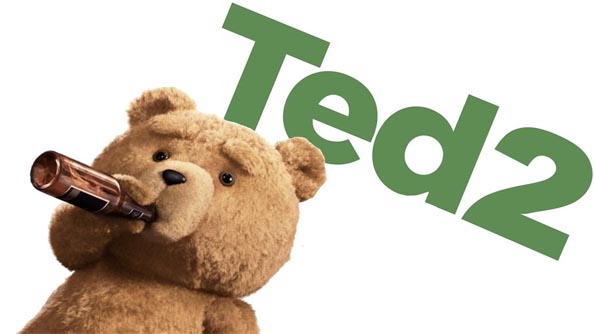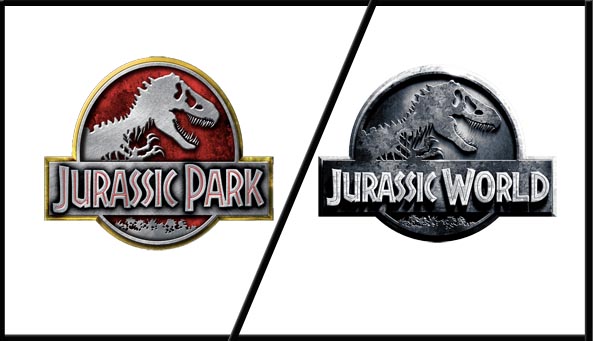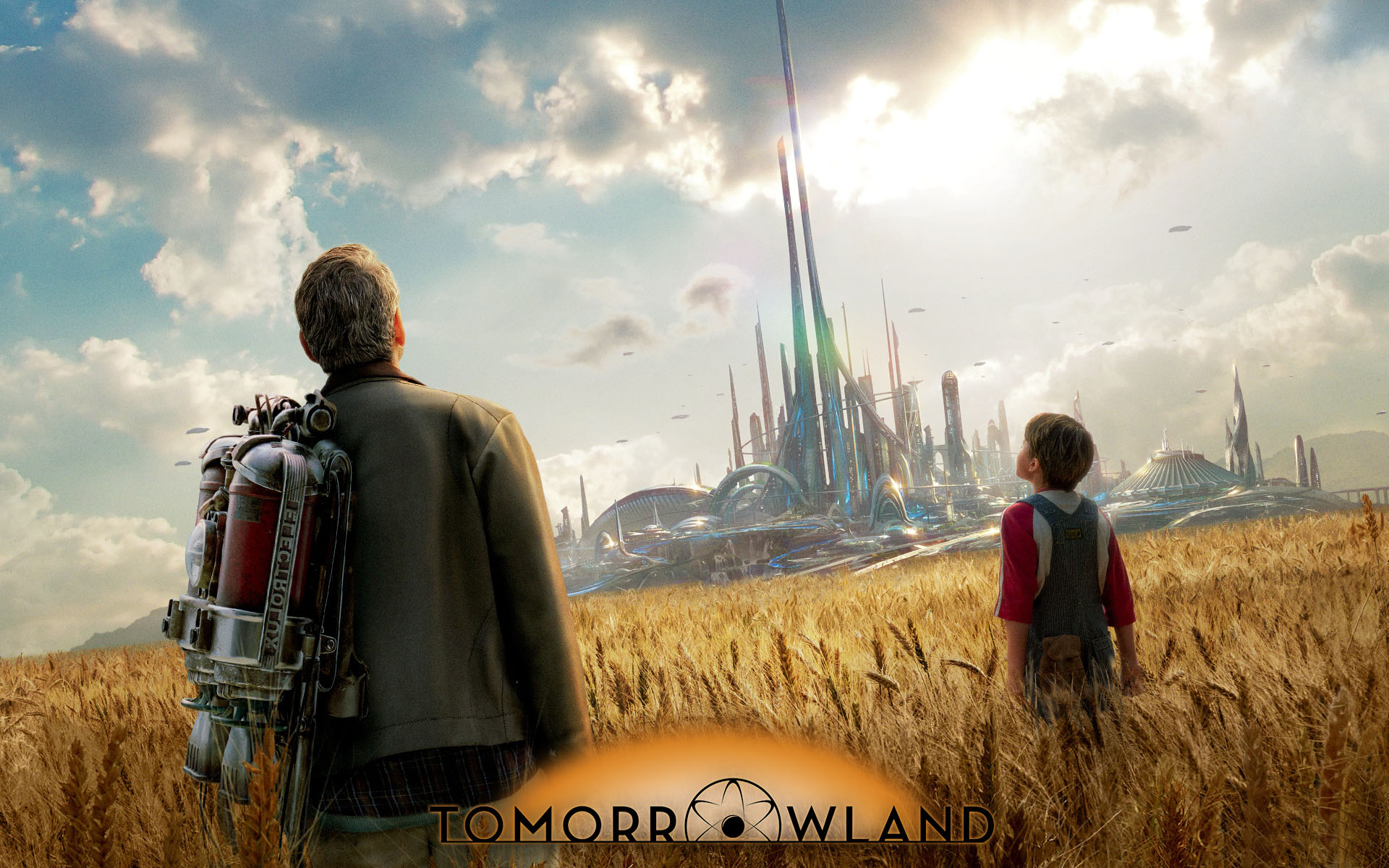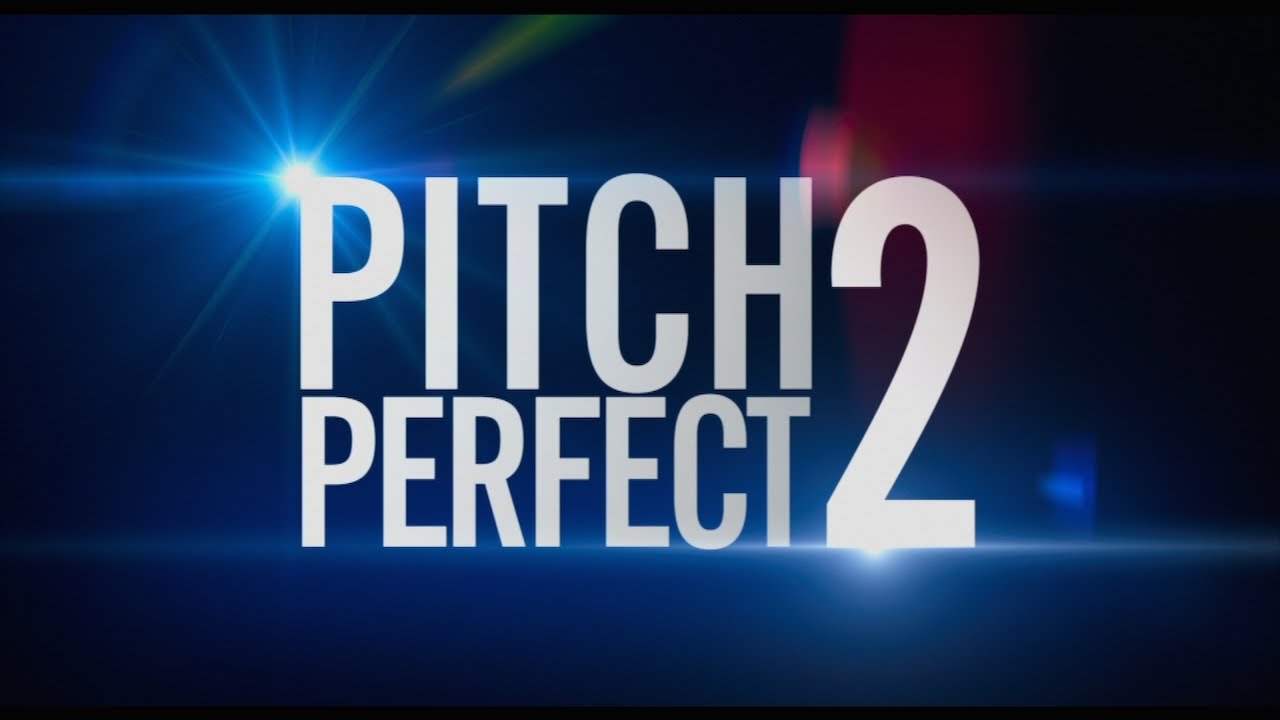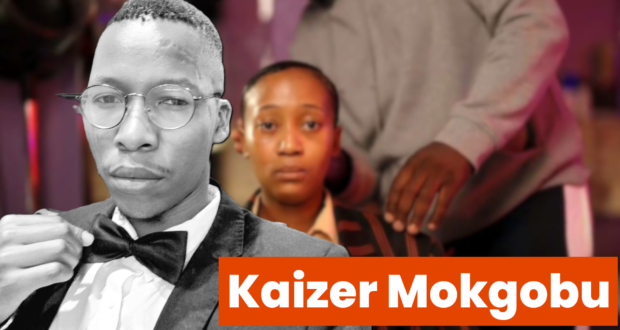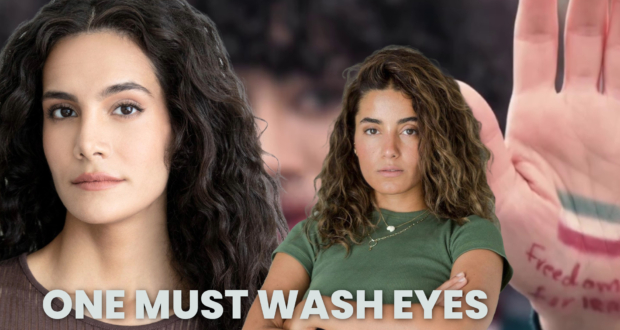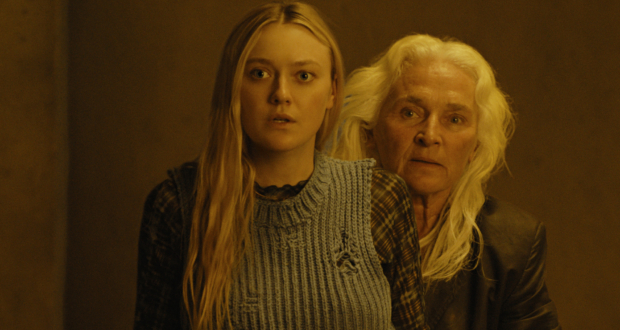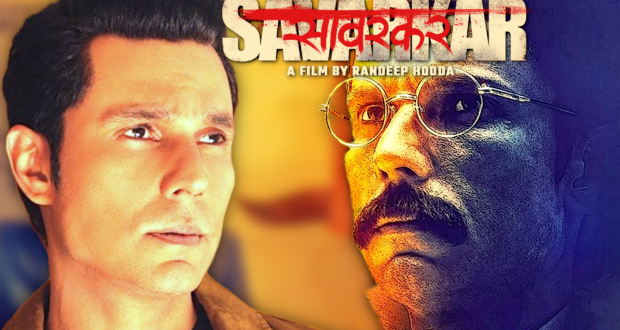There are many important roles in film making, but only a few are visible to the public eye. As the screenwriter is responsible for a film’s dialogue, the storyboard artist is responsible for the layout of many key scenes in a film. You can get lucky and win an opportunity, like when you play games online on a live casino review website . I had a chance to speak with David Russell, an artist who got his start working as a Storyboard Artist on Star Wars: Return of the Jedi and has influenced many significant films since then.
Mr. Russell, thank you so much for your time today. It’s quite an honor to be speaking with someone who had a part in the production of Star Wars: Return of the Jedi with me being a huge Star Wars fan.
Well that’s quite a film to start on, how did you ever get the opportunity to work on that film?
David Russell’s storyboards from Star Wars: Return of the Jedi
So you got your start on Return of the Jedi, where did you go from there?
Wow, what a Catch-22, how were you able to get into the union?
That’s very impressive to have had such an impression on Spielberg. Flash forward, you come to work on Red Tails how did that come into play?
I heard you had somewhat of a personal connection working on this film, would you like to tell me about that?
Wow, what a noble decision, that truly shows how honorable these men were.
- James C Russell (center)
So David, you seem to have a very strong base of inspirational figures to reference, where would you say your inspiration come from?
Comics have a very strong foundation to work from. With your own creative foundations already established, how has each Director’s stylistic preferences influenced you as a storyboard artist?
One particular director that has a certain stylistic preference is Tim Burton. I saw that you worked on Batman in 1989 which he directed, how was it working with someone who has a trademark stylistic approach to film?
David Russell’s work on Batman (1989)
- Concept Image
- Matching Scene
You can see how this concept image translated to the actual scene on the big screen.
That seems like Tim Burton’s signature style, David is there anything you’re working on currently or something we can look forward to in the near future?
David thank you so much for your time, the conversation was very enjoyable and enlightening.
After the interview David and I continued the conversation. It was one of the most enjoyable conversations I had and learned a lot from our conversation. Speaking to him, I saw what a down to Earth guy he is and how passionate he is about his work. He is a fan, just like the rest of us, who pursued his dream and has achieved so much in the business. Looking at his work above and the rest below you can see how his contributions to film have greatly impacted Hollywood. I implore everyone to seek out work with his name on it because his passion and talent definitely shine through. As an added bonus, take a look at the concept art for the Robin story which was not used in Batman (1989).
Unused storyboards for the Robin story from Batman (1989)
-
Acting - /10
0/10
-
Cinematography/Visual Effects - /10
0/10
-
Plot/Screenplay - /10
0/10
-
Setting/Theme - /10
0/10
-
Watchability - /10
0/10
-
Rewatchability - /10
0/10
